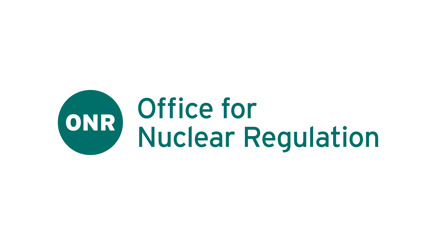Our approach to innovation is centred around supporting the adoption of innovative solutions by the nuclear industry and its supply chain where it is safe and secure to do so.
We are looking to share best practice from across the nuclear industry and other high hazard sectors as well as promote two-way stakeholder engagement.
As an enabling regulator, we have an important role to play in minimising regulatory uncertainty and burden for dutyholders around adopting innovative approaches. We must also consider new approaches and technologies in how we regulate.
As well as developing innovation tools to support this work, we are working to deliver change through horizon scanning, knowledge management, inspector development and communications.
Our innovation hub has established a collaborative work programme with inspectors and external stakeholders to support the development of innovative approaches, centring on establishing relevant good practice rather than the assessment of specific applications.
Where inspectors do carry out assessments, we have put arrangements in place to ensure they have sufficient independence from the inspectors engaged in the collaborative activities associated with the innovation hub.
Latest innovation news
In September 2025 we held the first meeting of heads of innovation from across the UK nuclear industry, in partnership with the Environment Agency.
We were also awarded quarter of a million pounds by the Regulatory Innovation Office AI Capability Fund to support the safe and secure deployment of AI in nuclear installations.
"Innovation is the implementation of new ideas that generate value"
Taskforce on Innovation, Growth and Regulatory Reform independent report
Innovation in ONR responds to stakeholder needs and often builds on previous work rather than reinventing truly new ideas or products.
Innovation is not limited to products and can include new ways of working and new services. The principal benefit is that it returns a value to all stakeholders.
Is this page useful?
Thank you for your feedback.
Thank you for your feedback. To help us improve our website we’d like to know more about your visit today. Please provide more details via our website feedback form.
Thank you for providing your feedback.

